|
Cilantro, also known as coriander in many parts of the world, is a widely used herb in cooking and traditional medicine. The fresh leaves of the plant are called cilantro, while the seeds are known as coriander. Raw cilantro leaves have a distinctive, bright flavor with citrusy, slightly peppery notes. This herb is particularly valued for its ability to detoxify the body, improve digestion, and support overall wellness.
Botanical Characteristics:
Cilantro is an annual herb that grows about 30–60 cm (1–2 feet) tall. The plant has feathery, delicate leaves that are bright green and slightly serrated. Its flowers are small, white to pale pink, and arranged in clusters. The seeds of the cilantro plant are round, tan to brown in color, and are referred to as coriander. Cilantro thrives in well-drained, fertile soil and enjoys cooler temperatures, making it a popular herb in both home gardens and commercial farming.
Health Benefits of Raw Cilantro:
Raw cilantro is rich in essential vitamins, minerals, and bioactive compounds, making it a powerhouse of health benefits. Some of the key health benefits of raw cilantro include:
Detoxification and Heavy Metal Removal:
Cilantro is particularly known for its ability to help remove heavy metals like mercury and lead from the body through a process called chelation.
The herb binds to these toxins and assists in their excretion, making it a valuable detoxifying agent.
Digestive Health:
Cilantro is often used to support healthy digestion, relieve indigestion, bloating, and gas.
It stimulates the digestive enzymes, promoting better digestion and absorption of nutrients from food.
Anti-inflammatory Effects:
The essential oils and antioxidants in cilantro, including linalool and coriandrol, have powerful anti-inflammatory properties.
Cilantro can help reduce inflammation in the body, potentially benefiting conditions like arthritis and inflammatory bowel diseases.
Antioxidant Properties:
Cilantro is rich in antioxidants, such as vitamin C and beta-carotene, which protect the body from oxidative damage caused by free radicals.
These antioxidants help combat chronic diseases like heart disease, diabetes, and cancer by reducing oxidative stress.
Blood Sugar Regulation:
Cilantro has shown potential in helping regulate blood sugar levels, making it beneficial for people with diabetes or those at risk of developing the condition.
It may enhance insulin sensitivity and assist in controlling blood sugar levels post-meal.
Cholesterol Management:
The compounds in cilantro may help lower LDL (bad) cholesterol and increase HDL (good) cholesterol, promoting heart health.
Cilantro’s antioxidant content helps improve blood circulation and reduce cholesterol-related risks.
Anti-microbial and Anti-fungal Properties:
Cilantro has natural antimicrobial and antifungal properties, helping to fight infections caused by bacteria, fungi, or other pathogens.
It is often used to help with skin conditions like acne and fungal infections.
Skin Health:
Cilantro’s anti-inflammatory and antimicrobial properties help treat skin conditions such as acne, eczema, and rashes.
It also helps to cleanse the skin, reduce redness, and promote healing of wounds.
Culinary and Medicinal Uses of Raw Cilantro:
Raw Leaves: Fresh cilantro leaves are often used in salads, salsas, guacamole, curries, soups, and other savory dishes. They add a refreshing, vibrant flavor to foods.
Herbal Tea: Cilantro leaves can be steeped in hot water to make a detoxifying herbal tea that supports digestion and detox.
Smoothies: Fresh cilantro can be blended into smoothies for an added burst of flavor and health benefits.
Topical Use: Crushed cilantro leaves or cilantro paste can be applied to the skin to treat acne or to soothe irritated skin.
Cultural and Historical Significance:
Cilantro has been used in culinary traditions around the world for thousands of years. It is a staple in Mediterranean, Middle Eastern, Latin American, and Asian cuisines. Historically, cilantro was believed to have medicinal properties and was used to treat digestive problems, infections, and inflammation. In ancient Egypt, coriander seeds were used to preserve food and treat various ailments. Today, cilantro is one of the most popular herbs in global cuisine and herbal medicine.
Nutritional Composition of Raw Cilantro:
Vitamins: High in Vitamin C, Vitamin A, and Vitamin K. Contains folate, Vitamin E, and small amounts of B-vitamins.
Minerals: Rich in potassium, calcium, magnesium, iron, and manganese.
Bioactive Compounds: Antioxidants such as flavonoids, polyphenols, and essential oils like linalool and coriandrol.
Calories: Very low-calorie, making it an excellent addition to any diet.
Environmental Role and Cultivation:
Cilantro is a fast-growing plant that thrives in cooler temperatures and well-drained, fertile soil. It is commonly grown in herb gardens and is also a valuable plant for attracting beneficial insects such as bees. Cilantro is sensitive to heat, and its growth slows down in warmer climates, causing the plant to bolt and flower quickly, which affects its flavor.
|




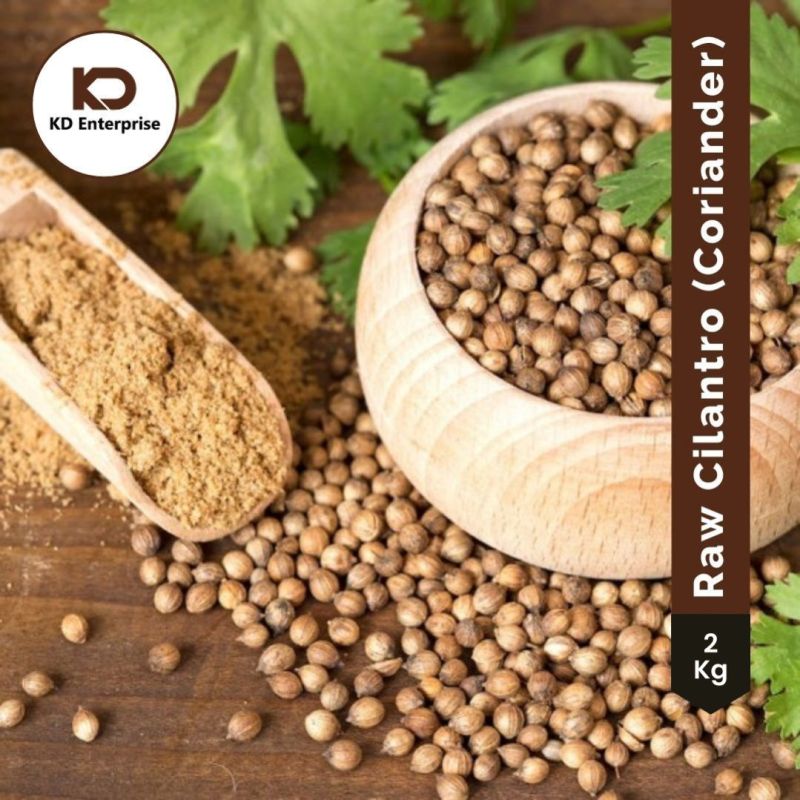






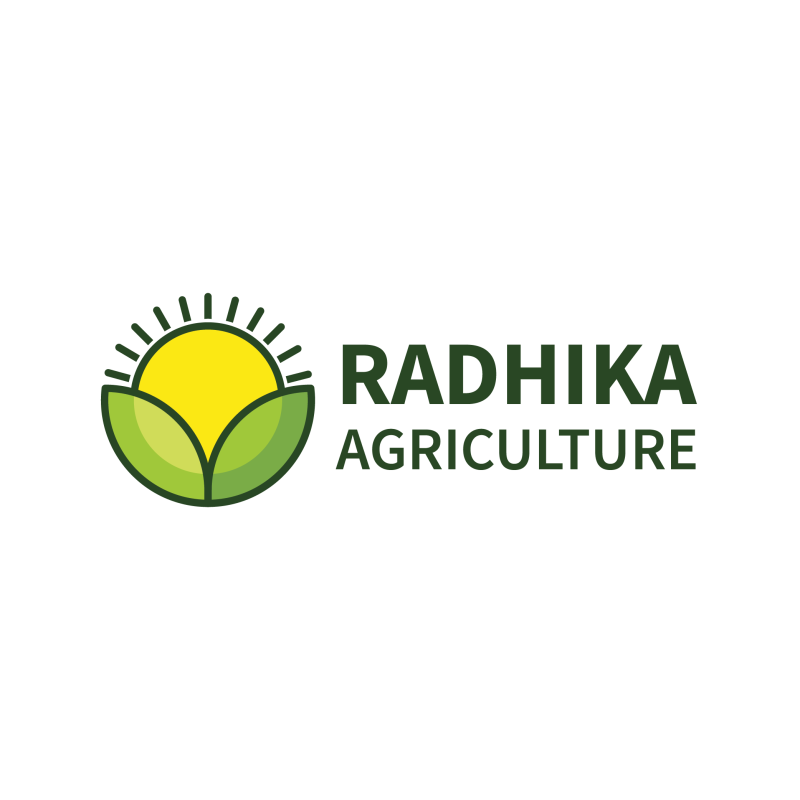
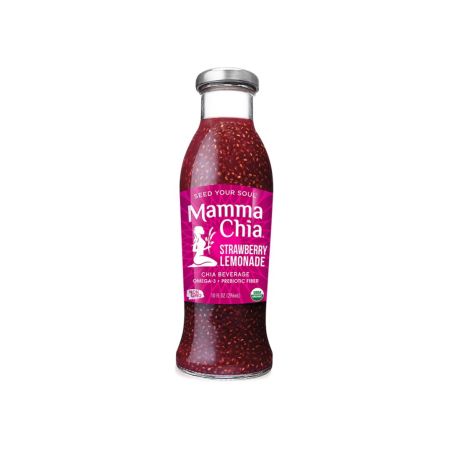


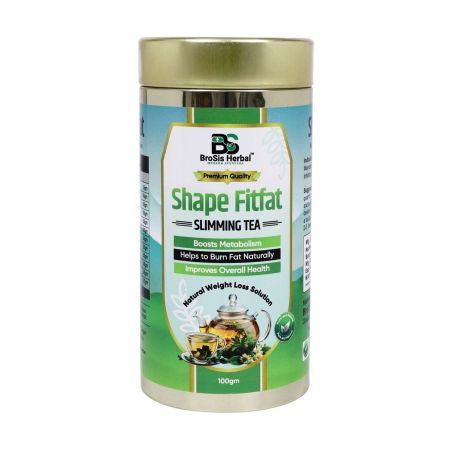
.jpg)
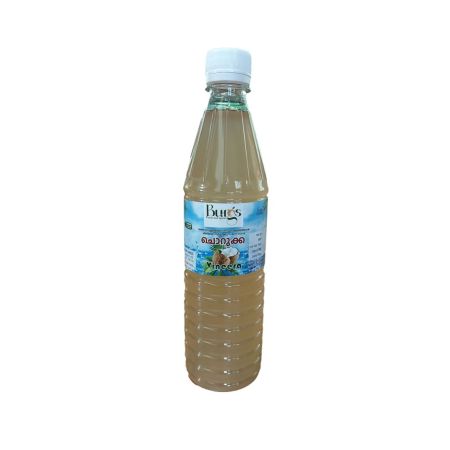

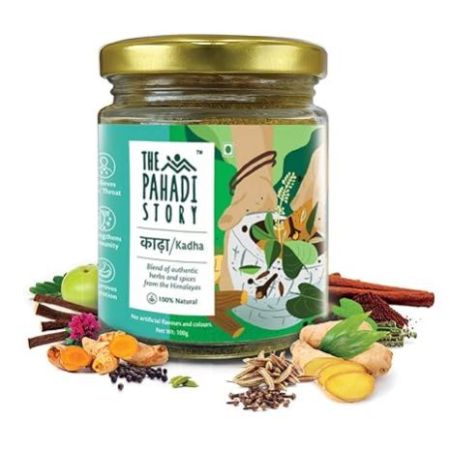
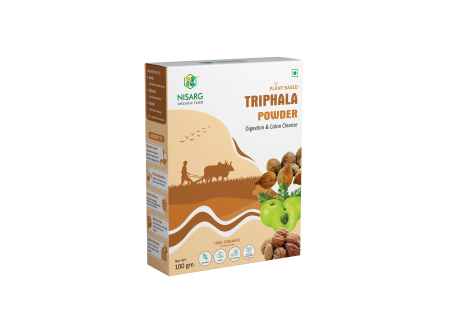
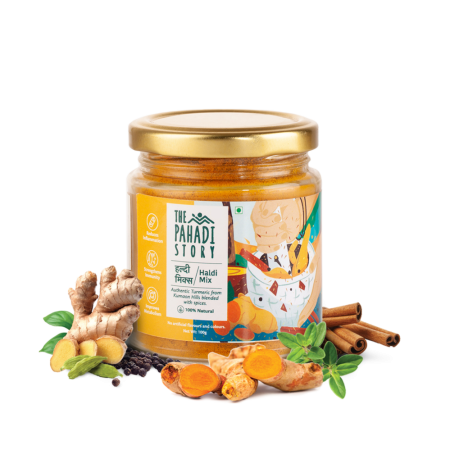





Rahul Sharma
2025-02-18 15:32:38I’m really happy with the high quality of the Raw Cilantro I purchased from Nature Nook!